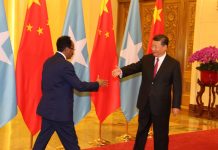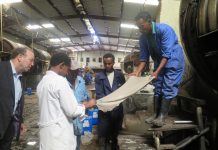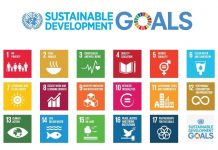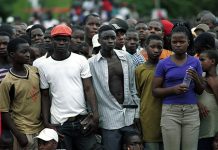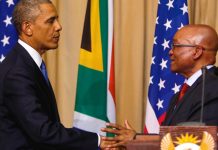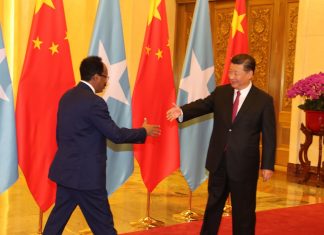The Zambia/Malawi/Mozambique Growth Triangle (ZMM-GT) was officially launched in Lilongwe in 2000 and was followed by the signing of the Memorandum of Understanding in 2003. It spans an area of around 301,000 square kilometers, including parts of Zambia, Malawi and Mozambique. The Triangle’s strategic objective, is to complement and enhance national economic development objectives in the marginalized and economically depressed areas of the three countries, which constitute its geographical region under consideration.
The objective of the Zambia/Malawi/Mozambique Growth Triangle, is to incorporate the border areas encompassing eastern and Mucinga provinces in Zambia, Tete province in Mozambique and the central and northern regions of Malawi. With the Zambia/Malawi /Mozambique growth triangle concept, we are convinced that the success stories of the great Mekong growth area, the Indonesia-Malaysia-Singapore Growth Triangle, the Southern China Economic Zone, among others, could provide living examples of what can be achieved through regional collaboration.
The philosophy of the “Growth Triangle” is therefore to fast-track what we leaders sign as protocols and treaties. In that regard, therefore, the Zambia/Malawi/Mozambique Growth Triangle is only complimentary to many of our efforts seeking to transform the sub-region, into a dynamic private-sector economic area. As of now, there are a lot of programs being implemented and we are very satisfied with that.
If one takes a bird’s view of the region, there already exists informal cross-border trade, which is an opportunity we should capitalize on. The Growth Triangle complements efforts that seek to harmonize trade and investment regimes, hence lowering and removal existing cross-border controls, among the countries, and implement one-stop border posts to help reduce the time our business people spend when moving goods across borders.
Allow me to share with you some notable achievements under the Zambia/Malawi /Mozambique growth triangle. We have completed the following:
- Mchinji-Chipata Railway Line between eastern Zambia; and
- The Nacala Seaport in Mozambique; and
- Established the Eastern Chamber of Commerce and Industry in Zambia.
Furthermore, you may wish to note that the growth triangle concept has facilitated trade through simplified trade regime at the Mwami Border Post on the boarders of Zambia and Malawi. The simplified trade regime allows small cross-border traders, to trade between countries without (any) restrictions.
You may further wish to note that through the Growth Triangle, we have created one-stop border post at Chirundu and Kasumbalesa border posts. We intend to replicate in all other border posts.
Currently, the three countries have the following investment opportunities for funding and implementation, among others, under the initiative:
- Infrastructure development
- Tourism development
- Transport and communication
- Agriculture development
- Agro-processing
- Mining
- Information technology
- Manufacturing and trade facilitation
Zambia, Malawi, and Mozambique are all member states of both the Southern African Development Community (SADC) and the Common Market for Eastern and Southern Africa (COMESA), two key trade regional economic bodies. Therefore, investors in these three countries enjoy preferential market access to a bigger, tripatite regional market of just over 600 million people, ranging from tip of South Africa in the south, to the northern tip of Egypt in the north.
For us who are citizens living in the region, we see this as an exciting time to invest in Zambia, Malawi, or Mozambique. The sad part is that American investors seem to be unaware of these opportunities.
His Excellency Michael Chilufya Sata, President of the Republic of Zambia, prepared the above remarks for the Africa-America Institute’s 2012 Africa Business Investors Forum, held in New York City.


